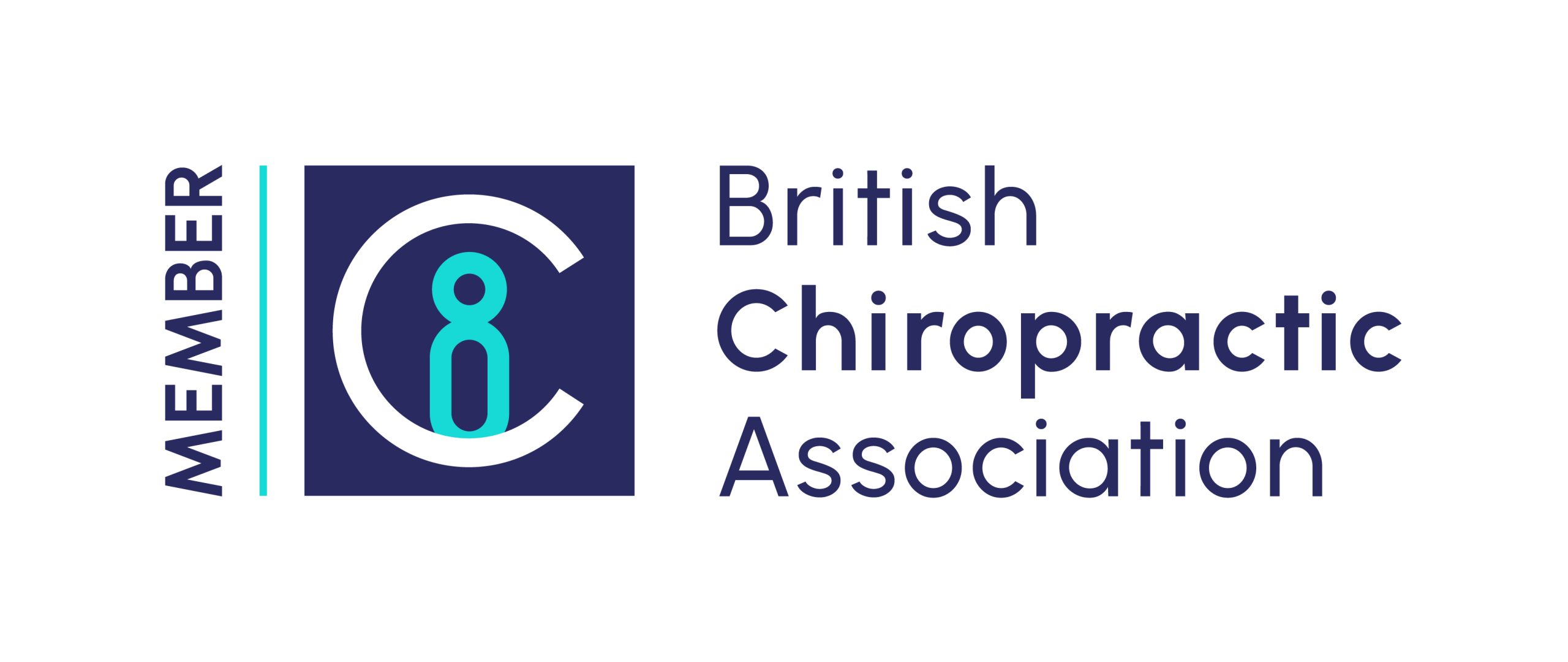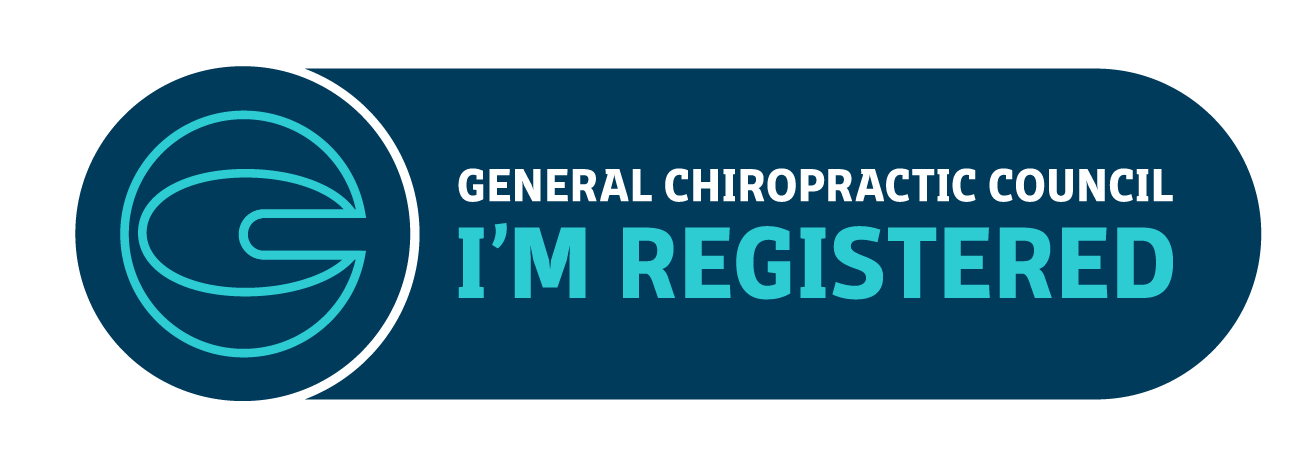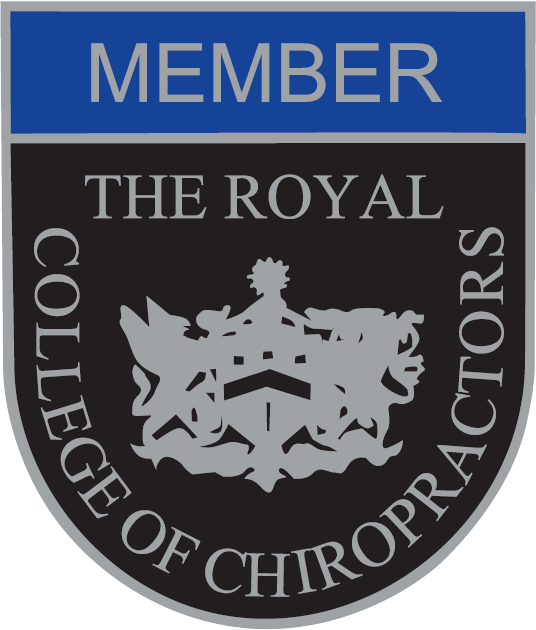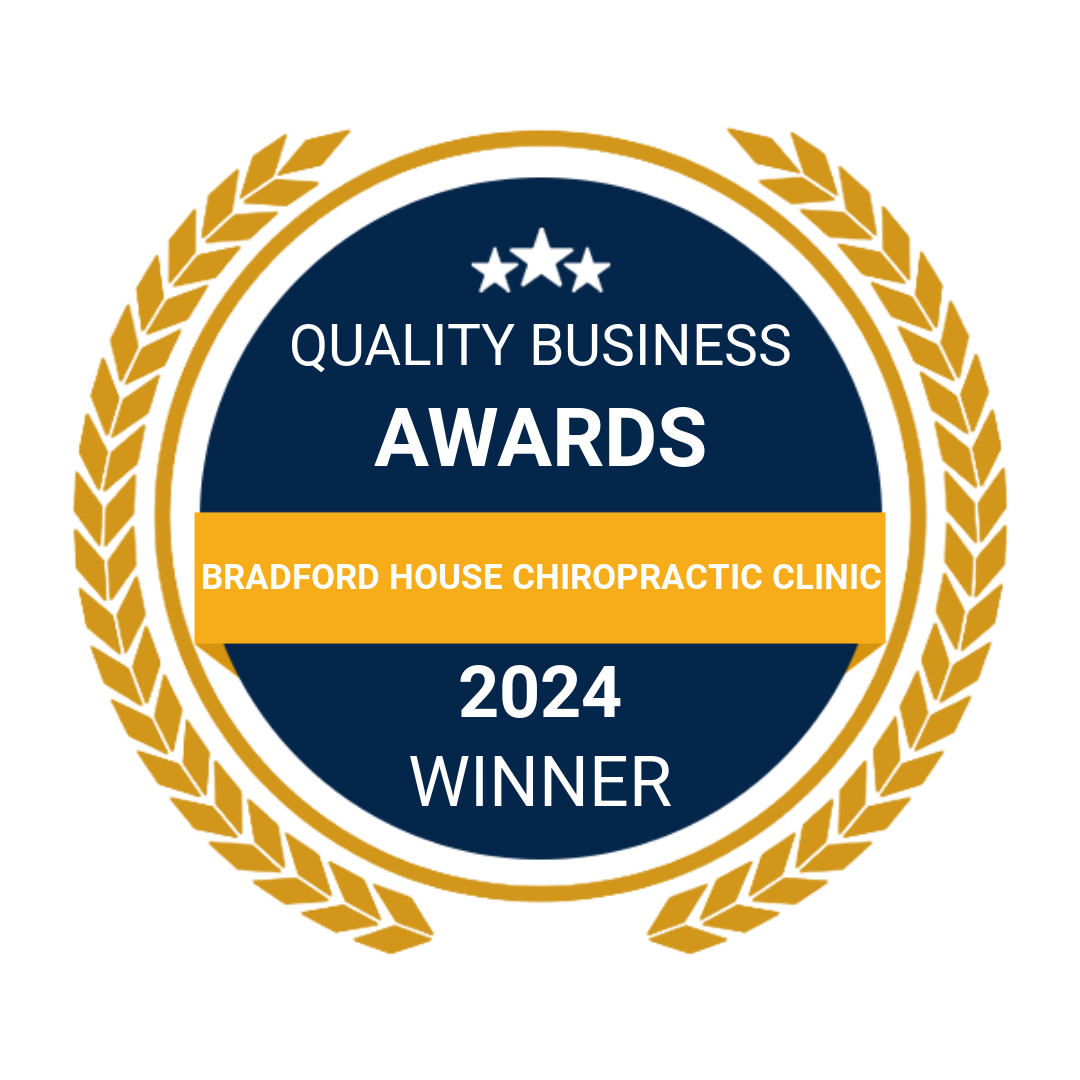Carpal Tunnel Syndrome (CTS) is a common condition that affects millions of people, especially those who engage in repetitive hand movements, such as typing, assembly line work, or prolonged smartphone use. Characterized by numbness, tingling, weakness and pain in the hand and fingers, CTS occurs when the median nerve, which runs through the wrist’s carpal tunnel, becomes compressed or irritated.
While many turn to conventional treatments like wrist splints, medications, or even surgery, chiropractic care offers a natural, non-invasive alternative that can provide lasting relief. Chiropractors focus on addressing the root cause of CTS by improving nerve function, reducing inflammation, and enhancing overall musculoskeletal alignment.
Understanding the Chiropractic Approach
Chiropractors take a holistic approach to treating Carpal Tunnel Syndrome, aiming not only to relieve symptoms but also to prevent recurrence. Unlike conventional treatments that often focus solely on the wrist, chiropractors assess the entire musculoskeletal system, particularly the neck, shoulder, and upper spine, as issues in these areas can contribute to CTS symptoms.
How Chiropractic Care Helps with Carpal Tunnel Syndrome
Wrist and Hand Adjustments
Chiropractic adjustments to the wrist can help restore proper alignment of the carpal bones, reducing pressure on the median nerve. By ensuring optimal wrist mobility, these adjustments can alleviate pain, numbness, and tingling.
Spinal Adjustments
Many people with CTS also have misalignments in the cervical spine (neck), which can contribute to nerve compression and exacerbate symptoms. Spinal adjustments help improve nerve function and circulation, addressing the issue at its source.
Soft Tissue Therapy
Chiropractors often use soft tissue techniques, such as myofascial release and trigger point therapy, to reduce tension in the forearm, wrist, and hand muscles. This can help relieve pressure on the median nerve and improve flexibility.
Ultrasound and Laser Therapy
Many chiropractic clinics like ours incorporate therapeutic modalities like ultrasound therapy and low-level laser therapy to reduce inflammation, promote healing and improve blood flow in the affected area.
Postural and Ergonomic Guidance
Poor posture and repetitive stress are common contributors to CTS. Chiropractors educate patients on proper ergonomics, including wrist positioning, keyboard placement, and posture adjustments to prevent future nerve compression.
Stretching and Strengthening Exercises
Chiropractors prescribe specific exercises to strengthen the wrist, forearm, and shoulder muscles while improving flexibility. Stretching routines can help reduce muscle tightness and improve overall function.

Benefits of Chiropractic Care for Carpal Tunnel Syndrome
- Non-Invasive Treatment: Chiropractic care avoids the risks and recovery time associated with surgery.
- Drug-Free Pain Relief: It provides a natural alternative to pain medications and anti-inflammatory drugs.
- Addresses the Root Cause: Rather than just masking symptoms, chiropractic care focuses on correcting underlying misalignments and dysfunctions.
- Improved Mobility and Function: By enhancing joint and nerve function, chiropractic treatment helps restore normal movement and hand strength.
- Prevention of Recurrence: With posture correction and ergonomic adjustments, chiropractic care reduces the likelihood of CTS returning.
When to Seek Chiropractic Care for CTS
If you experience persistent symptoms of CTS, such as tingling, numbness, or weakness in the hands, consulting a chiropractor can be a proactive step toward relief. Early intervention can prevent worsening symptoms and the need for more invasive treatments.
Final Thoughts
Carpal Tunnel Syndrome can significantly impact daily life, but chiropractic care offers a natural, effective solution. Through spinal and wrist adjustments, soft tissue therapy, and lifestyle modifications, chiropractors help patients find lasting relief and prevent future flare-ups. If you are struggling with CTS, consider visiting Bradford House Chiropractic & Wellness Centre to explore a holistic, non-invasive approach to recovery.










